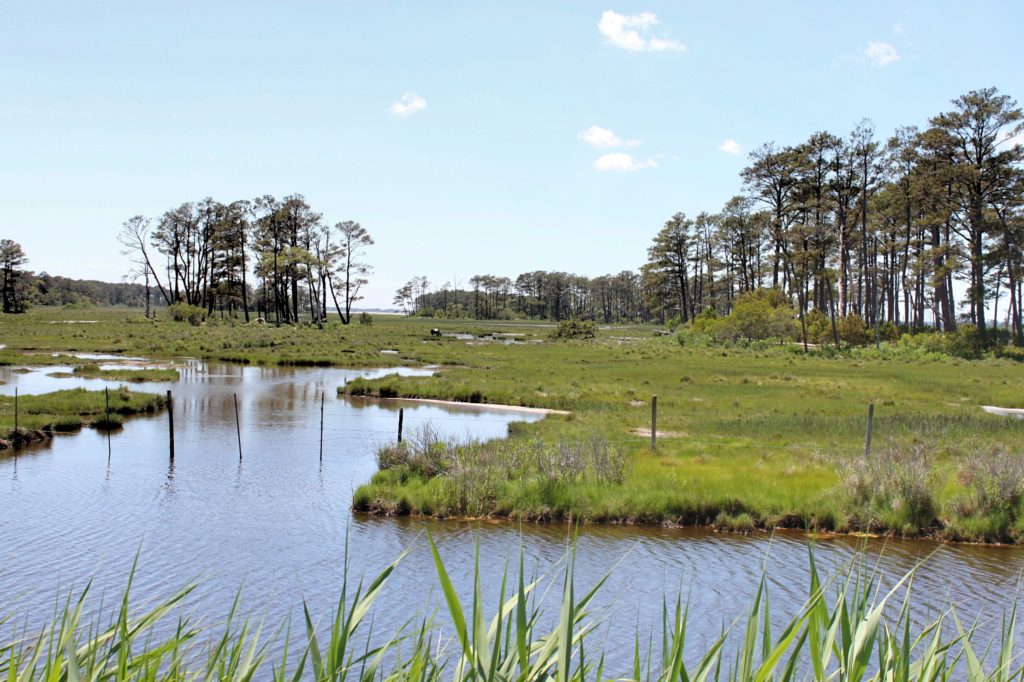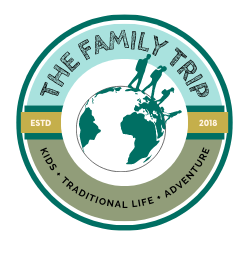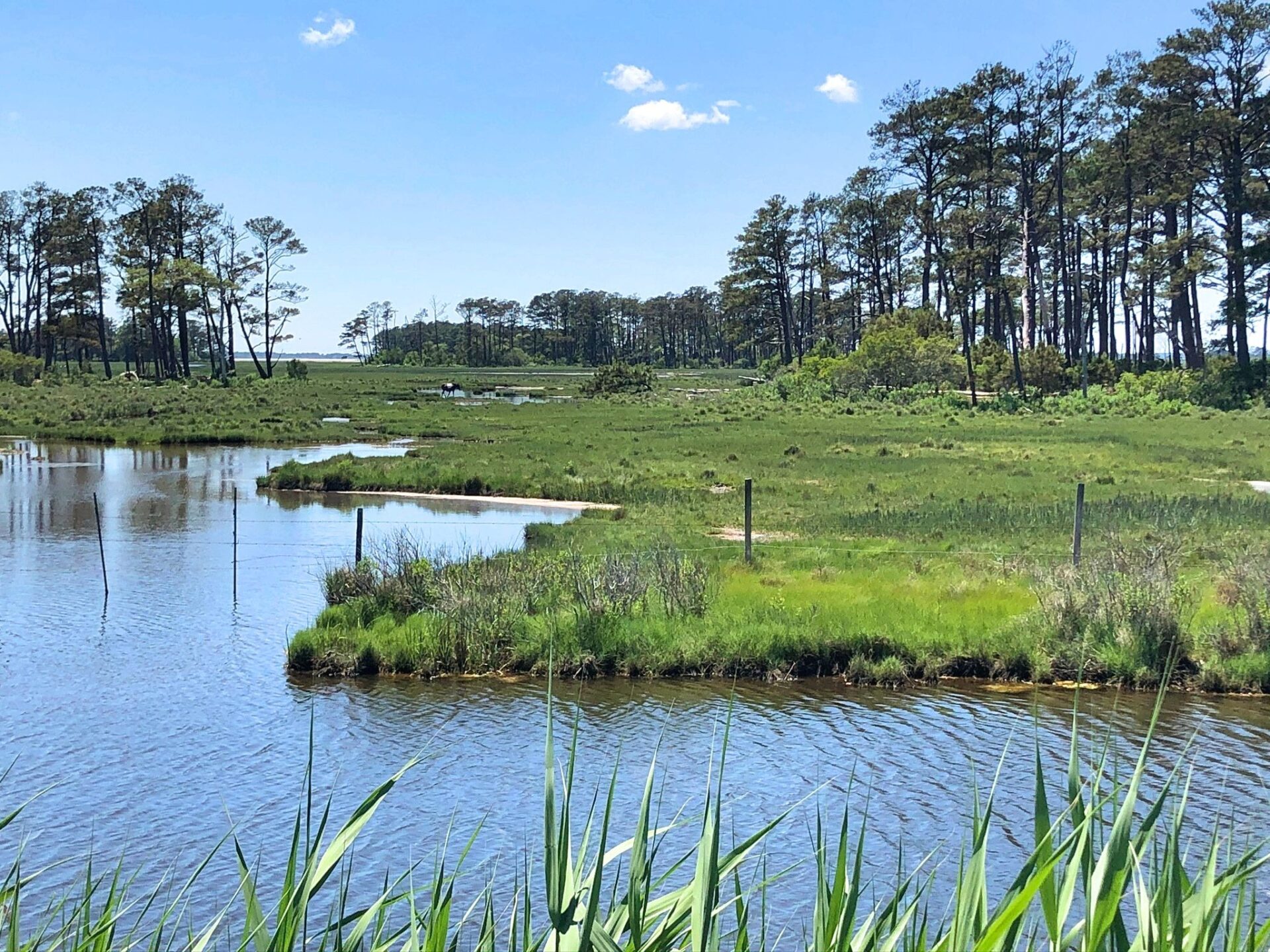
This post has been holding me back from sharing details of our travels here lately. I want to bring joy, positivity and inspiration to the world. But Chincoteague Island happened.
While our trip to the Assateague National Seashore was magical, there were parts of this leg of the trip that were a disappointment. My hope is if I share my experiences, you can take what you want, leave what you want, and plan your own great Eastern Shore adventure with more success than I did.
First, the plan for our Chincoteague visit.
As I explained in my earlier post, I wanted beach, the ability to use our pop up camper, and an adventure. We drove from Virginia across the Chesapeake Bay Bridge-Tunnel, up the Eastern Shore, and camped in Maryland. We wanted one day to explore Chincoteague, one day to explore Assateague, and we were sandwiching this in between work commitments. I also liked that we had never been before.
(Note that, if you are reading this later, we went during COVID-pandemic days and also mid-week.)

Second, the good things about our trip on the Eastern Shore.
(Besides Assateague.)
We loved driving over/through the Chesapeake Bay Bridge-Tunnel. We had talked about this a lot beforehand and the boys were very excited about the experience. We, the adults, were nervous about taking our (non-tagged because of slow COVID DMV turn around times) RV through it. But it was fine, easy, and highly enjoyable! The drive was a fun experience and the bridge a feat of modern engineering.
We also enjoyed a brief stop in Cape Charles. Mr. Family Trip noticed it on a map and wanted to check it out while so close. I was game and could not figure out why it sounded so familiar to me (it turns out that Young House Love had a rental there they blogged about).
We didn’t stay long, but this little area was cute and felt like a throwback town. A brewery, ice cream shop, very kid-friendly beach, and cute homes waving flags over white picket fences down a large main street.
We stuck our toes in the sand then drove onward.
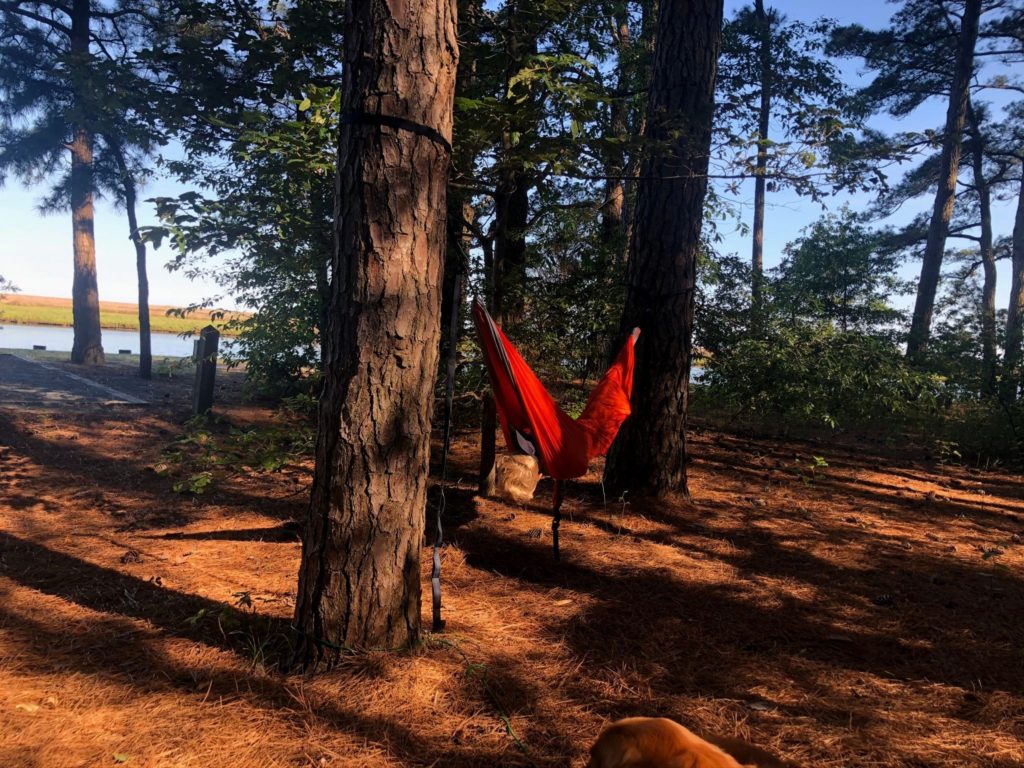
We elected to stay at Janes Island State Park. This Maryland-system park was lovely and a great size for us.
We have begun to stay in national or state parks whenever we can. We feel as though private campsites, due to the nature of them being a business, really maximize the number of spots they can get out of the land, and privacy, space, and sometimes, even trees, can be hard to come by. Not all the time. But private campsites have begun to feel like a gamble.
Janes Island campground wasn’t the closest to either Chincoteague or Assateague, but at least equidistant to both.
Plus, those sunsets…
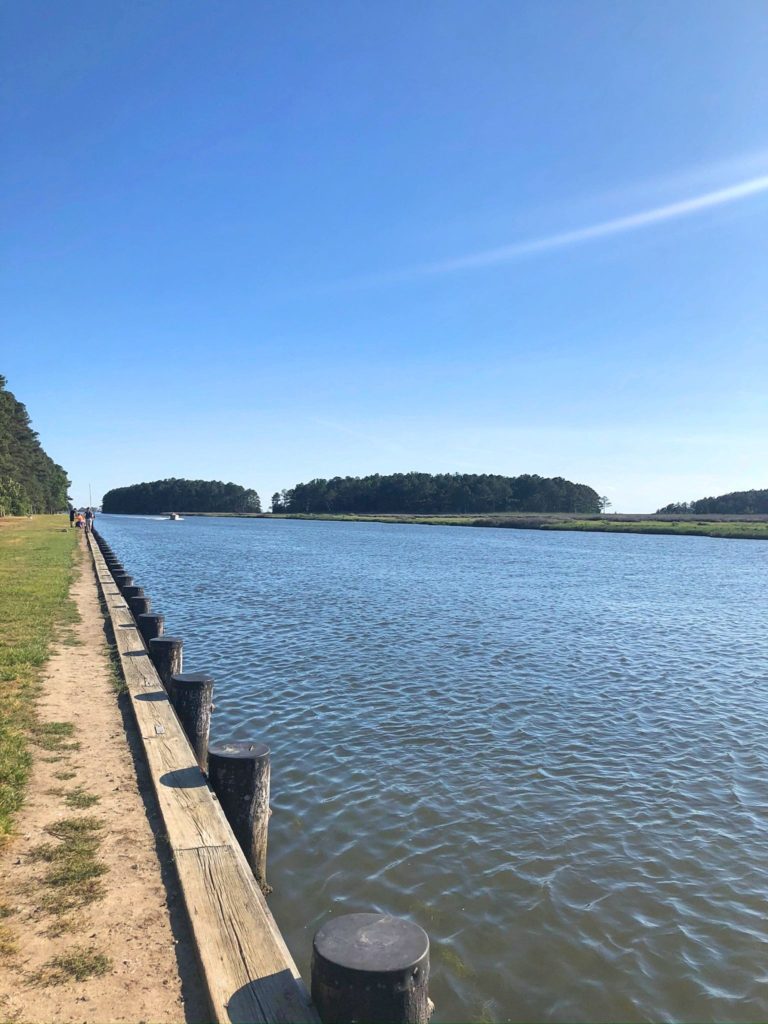
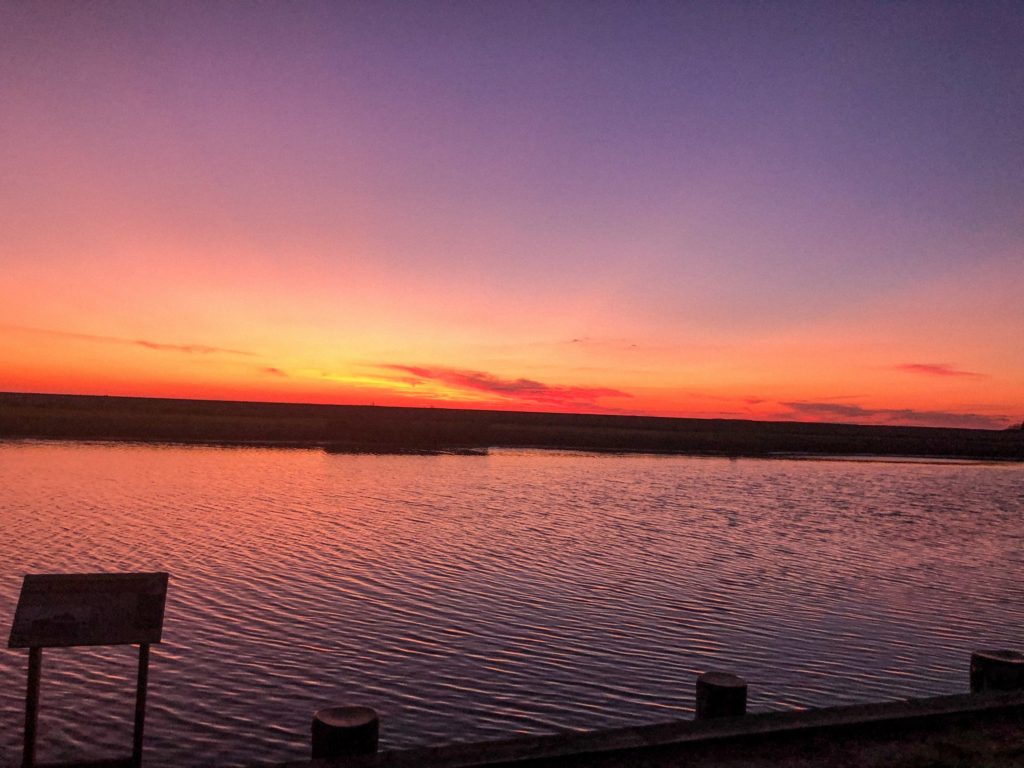
Finally, the challenges with a visit to Chincoteague.
Here’s where things start to break down a little.
We decided to head to Chincoteague first. I don’t know if we had done inadequate research or where the wheels started to fall off.
We didn’t see much of the Chincoteague National Wildlife Refuge area. There isn’t much that is easily accessible. The road in the park that was paved was incredibly short. It ends abruptly at an off-road vehicle beach area. Which sounded fun and our vehicle could do it, but 1) no dogs allowed and 2) it was PACKED. We were there on a weekday and you could see glistening chrome from side mirrors far onto the horizon. We just didn’t have it in us to conquer that when we had a lovely campground waiting for us.
Additionally, when I think of Chincoteague I think of horses (hello, Misty!). But in the National Wildlife Refuge they aren’t as free-roaming as I had envisioned (romanticized?).
Take a look at the photo below.
See the fence?
See the horse?
That’s as close as we could get to the wild ponies at Chincoteague. Maybe there is a better way (up in all of the cars parked on the beach?), but we didn’t find it.

On Chincoteague, the ponies are actually owned by the Chincoteague Volunteer Fire Department. They purchased the ponies in 1943 and control the population rigorously, I believe it is to keep the ponies healthy and protected. There is actually a fence on the Maryland/Virginia border, so the free-roaming horses on Assateague don’t cross states.
The famous Chincoteague pony swim happens when the fire department rounds up the ponies for a penning. At that time, some of the foals and yearlings are sold at auction (proceeds go to the fire department). It’s been a tradition 95 years in the making. There is a lot of nostalgia surrounding the pony swim, and I am sure it would be interesting to experience some day.
But that was not happening during our visit. And all in all, visiting the wildlife refuge was a bit of a let down.
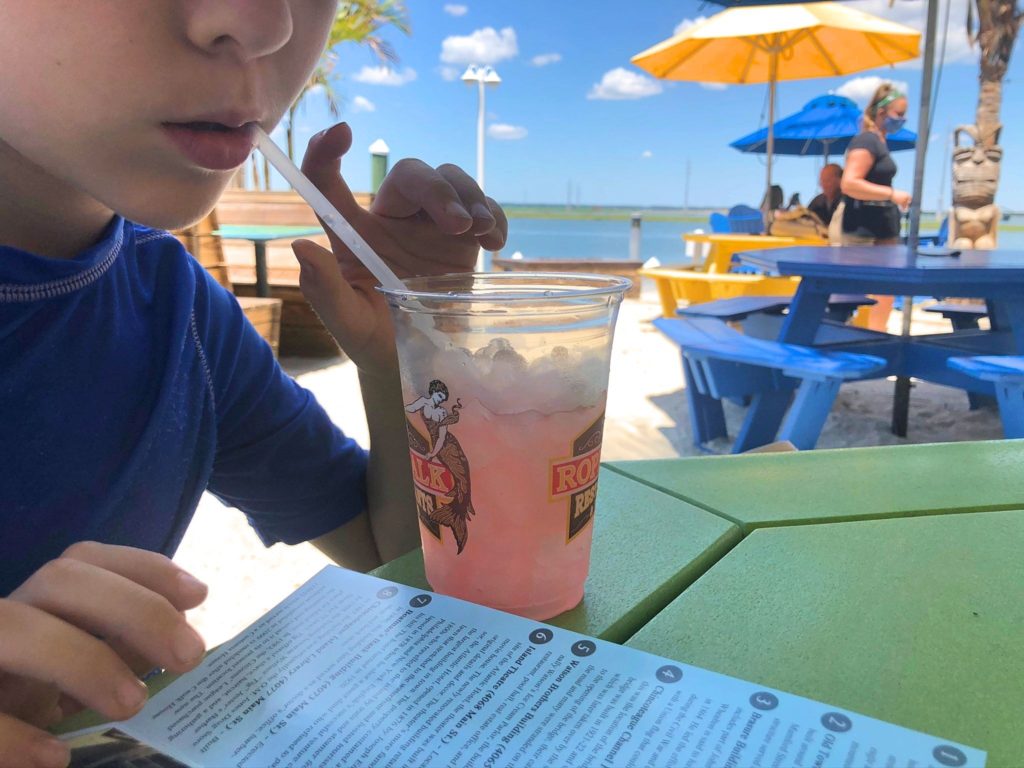
We gamely turned our attention to exploring the Town of Chincoteague.
While we received whiffs of the rustic seaside town it once was, the truth is that it seems to be taken over by tourist attractions plopped down with little forethought or honor to the surroundings.
The area is tiny, the people very nice. But to give you an idea: the drive over to Chincoteague Island takes you along a causeway spanning miles of beautiful salt marsh that is simply exquisite…and every 15 feet or so a billboard is driven into the crucial and sensitive ecosystem to sell tourists a cheap motel room or family discounts on a water slide. You have to peer through the commercialism to see the view.
We sat outside and grabbed some steamed shrimp for lunch at Ropewalk Restaurant, but felt deflated.
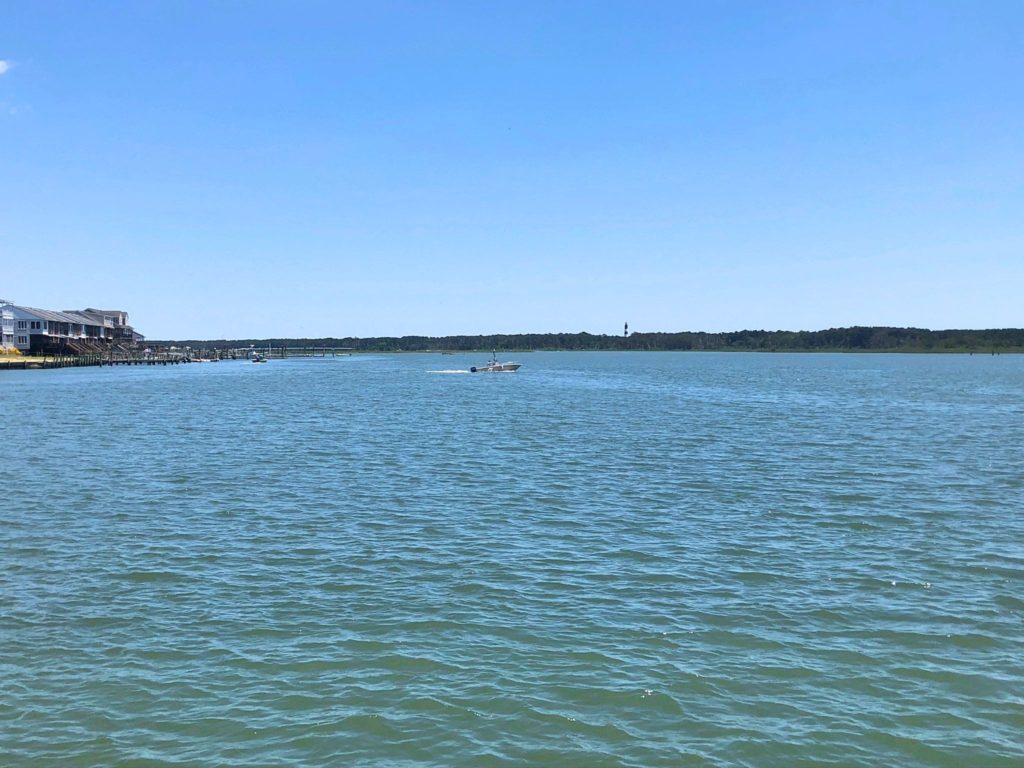
Desperate to swim off a beach (that was all my formerly-beach-resident kids wanted to do), we found the public beach in Crisfield: Wellington Beach. This little beach had a distinctly city and man-made vibe: grass growing through the sand, the bench was worn. The water was Chesapeake Bay water, but the lack of large rolling waves was a nice change, even if the water was murky. The kids were happy to get wet and we enjoyed the sun’s late afternoon rays glistening off the water.
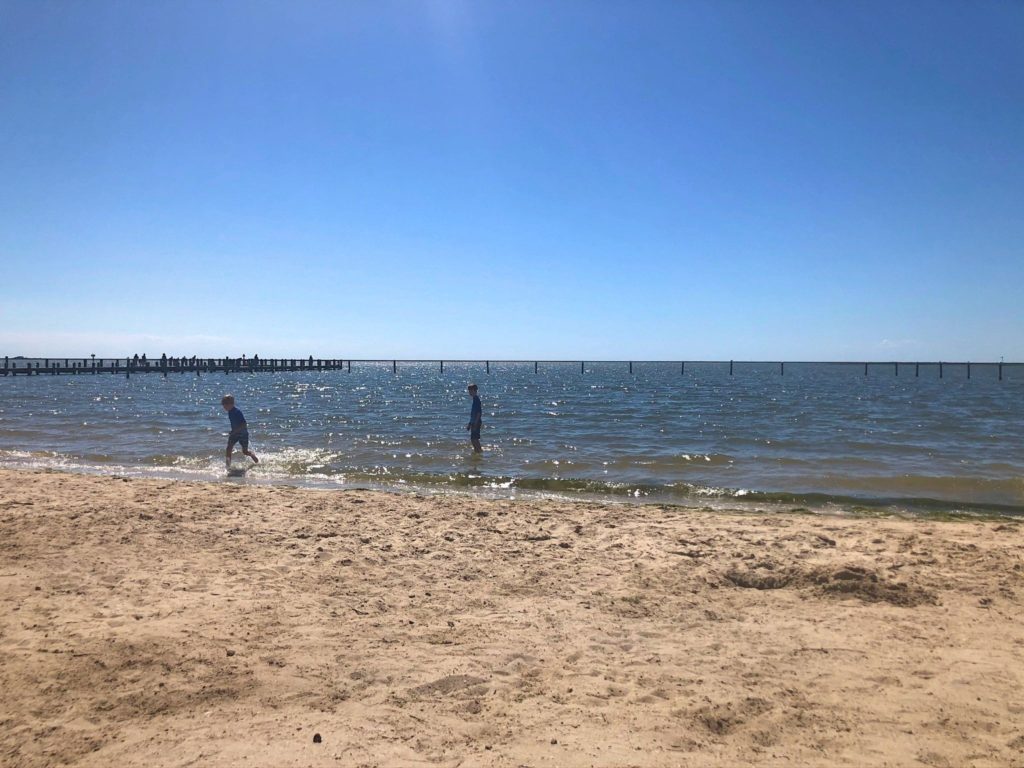
The Eastern Shore in general is suffering from the urbanization of America. Once a booming area, with luxury resorts and a railroad bringing industry and commerce, today the area feels forgotten and sad.
Chicken farming and corn are the two business keeping the area afloat, and those are neither glamorous nor lucrative. I truly had expected salt air, cute and quaint towns near the Bay (like Cape Charles) – steaming crab pots and oysters and a unique slice of America unavailable anywhere else.
But, truthfully, our trip here showed us instead the decline of many rural parts of America; the chasm and divide that seems to be deepening across our country while some areas lose jobs and opportunities, while others flourish.
We saw beautiful old buildings that looked once loved, thoughtfully built with wealth for a privileged family, sitting underneath kudzu, windows knocked out. There were chain convenience stores but not many mom-and-pop shops.
I highly recommend this book for understanding what happened (and is happening) to these towns on the Eastern Shore. The book is part whodunit and part cultural commentary. Riveting.
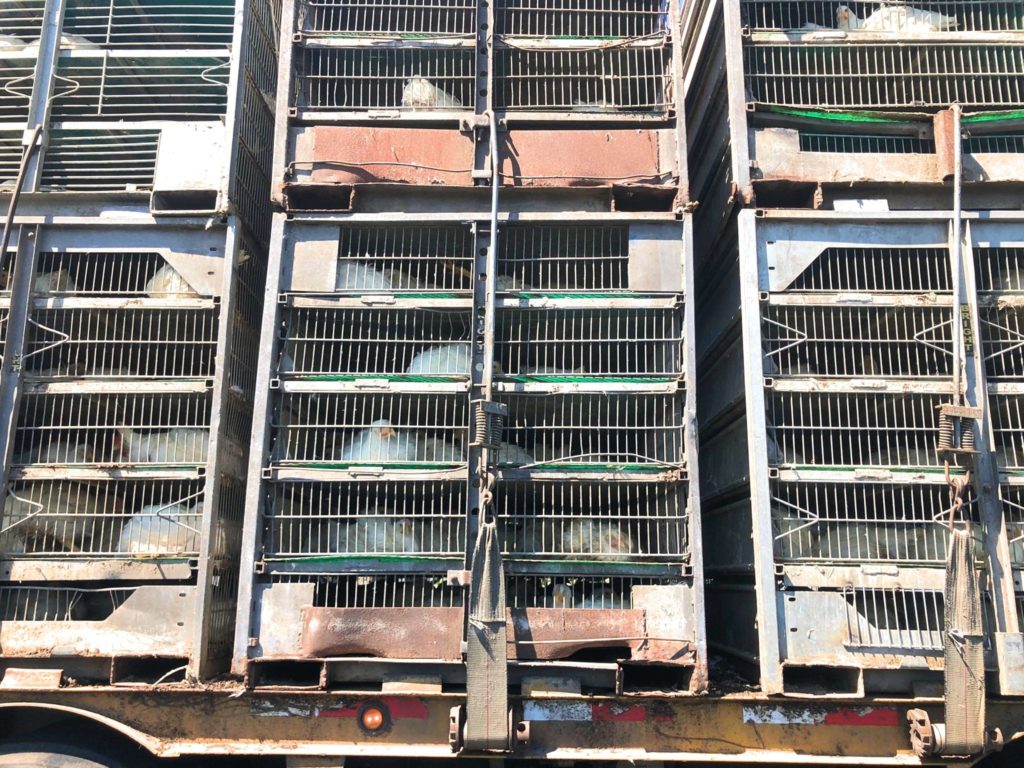
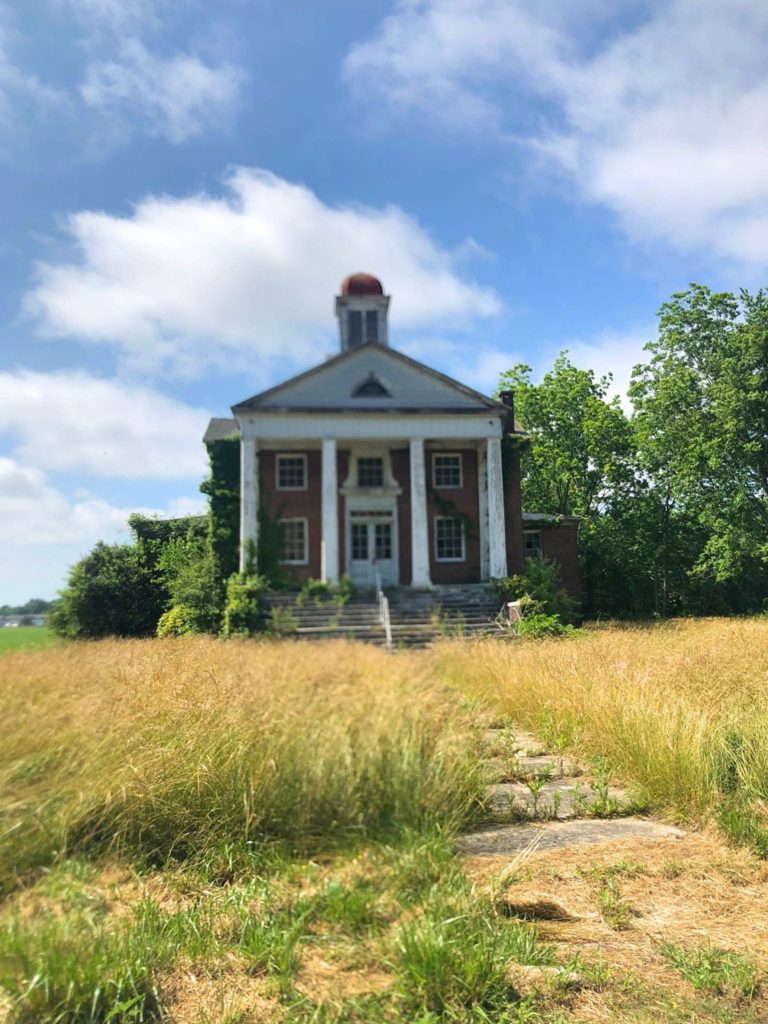
I am truly glad we went. The exploration of a part of our country I haven’t seen before is always rewarding to me.
Additionally, exposing my children to the world outside their bubble (and that world doesn’t have to be a foreign country) to see and experience different ways of life, different dynamics, different opportunities, is one of the reasons I value and plan our travels.
In the end, I just wanted to give the Eastern Shore a big hug (yes, even all those chickens) and remind it that it is loved and not forgotten.
Learn more about Janes Island State Park, Maryland here: dnr.maryland.gov/publiclands
Visit the official wildlife refuge site here: www.fws.gov/refuge/chincoteague/
Visit the Island’s chamber of commerce here: www.chincoteaguechamber.com
Want more tips on National Parks?
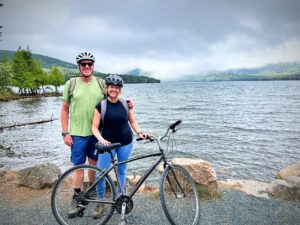
Biking the Carriage Roads in Acadia National Park (A How-To)
After one epic day of hiking (coming soon!), we spent the next day “resting” our legs by biking the Carriage Roads in Acadia National Park. Twenty miles and three hours
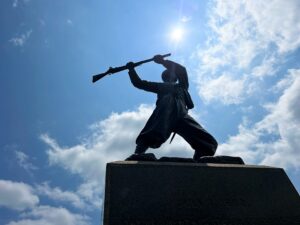
Visiting Gettysburg National Battlefield: All the Tips You Need Because it is BIG!
We’ve revealed that the ultimate destination of our Road Warrior Trip was Niagara Falls, but our first stop was the Gettysburg National Battlefield. This place is HUGE, so I thought
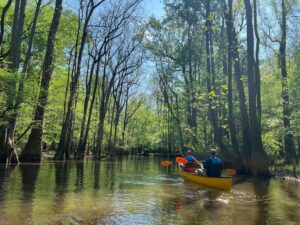
Visiting Congaree National Park: Which Parks are “Worth” it?
It’s not the most glamorous national park. While people fly across the country to visit Redwood and Arches, visiting Congaree National Park doesn’t have the same allure. The numbers tell
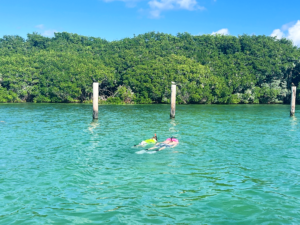
Visiting Biscayne National Park (Are Parks Now for the Elite?)
Florida has never really captured my heart, at least not compared to the way it seems to have a love affair with many other people. Maybe because we are “Non-Disney
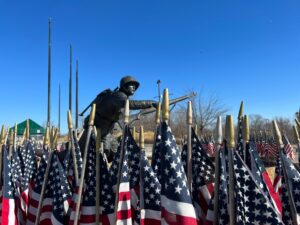
Things to do in Bedford, Virginia
All I wanted after college was a big city full of opportunity and creativity. I wanted hum. I wanted constant movement. I wanted to be faceless and nameless in a
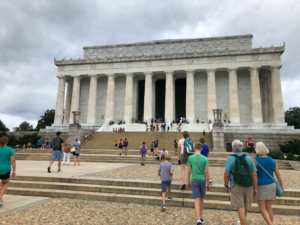
A Really Great (seriously, a REALLY GREAT) Itinerary for the Family in Washington, D.C.
Taking the kids to Washington, D.C.: the heartbeat of our government, the scene of current events, and the pulse of our nation. It seems like a must-do at some point.
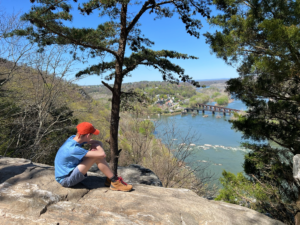
A Weekend in Harpers Ferry (with kids)
Sneaking off to Harpers Ferry for a weekend in spring was highly anticipated and desperately needed. After slogging through spring sports, heavy work projects, rejuvenated social demands after a sleepy
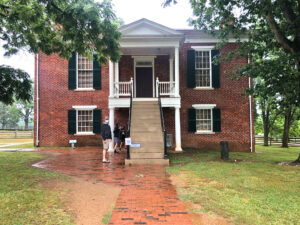
An Honest Guide to Visiting Appomattox Historic Site & Holliday Lake State Park
When life felt a bit too overwhelming and the Delta variant a bit too invasive, we did what works for us and we escaped to the woods. Pulling out our
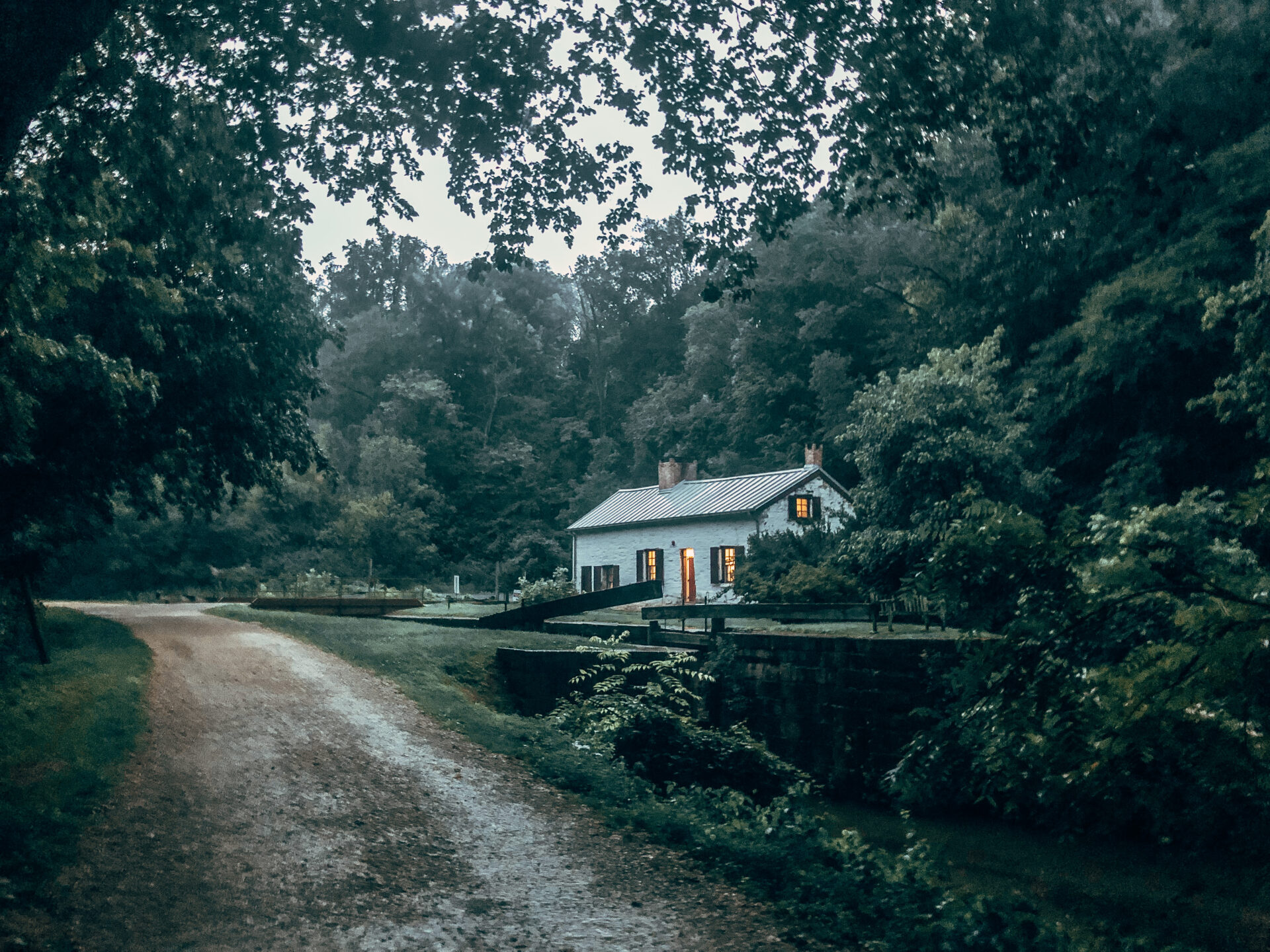
Staying in a C&O Canal Lockhouse
Sometimes, I don’t know how travel ideas become part of my daydreams. Sometimes, some trips, feel like they just pop up without warning then consume me until I book them.
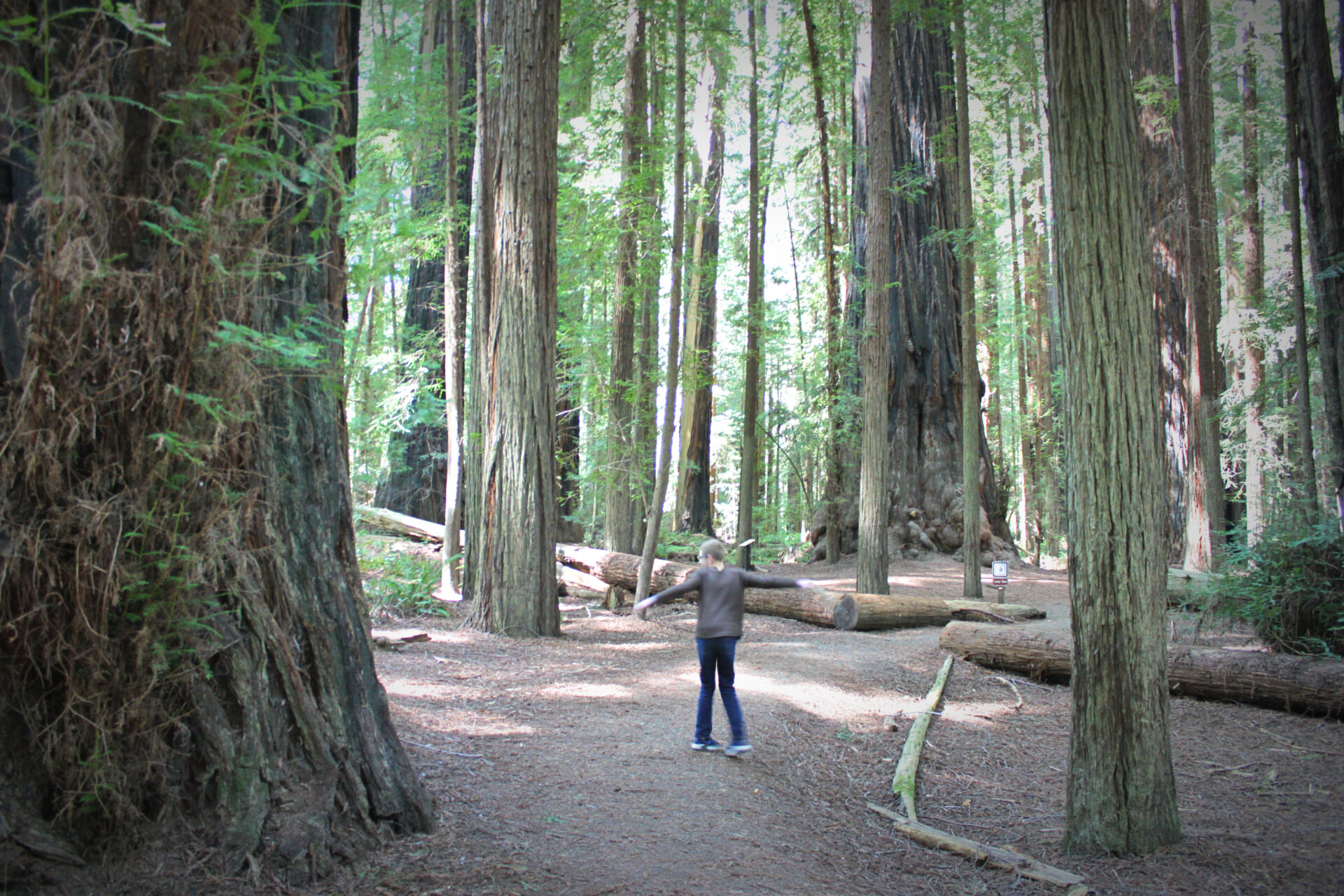
Visiting the Redwood National Park: Why We Dream About This Place
The place where towering giants from dreams sway high up in the sky and ferns lifted from a prehistoric jungle fan out lushly at your feet… it’s the Redwoods National
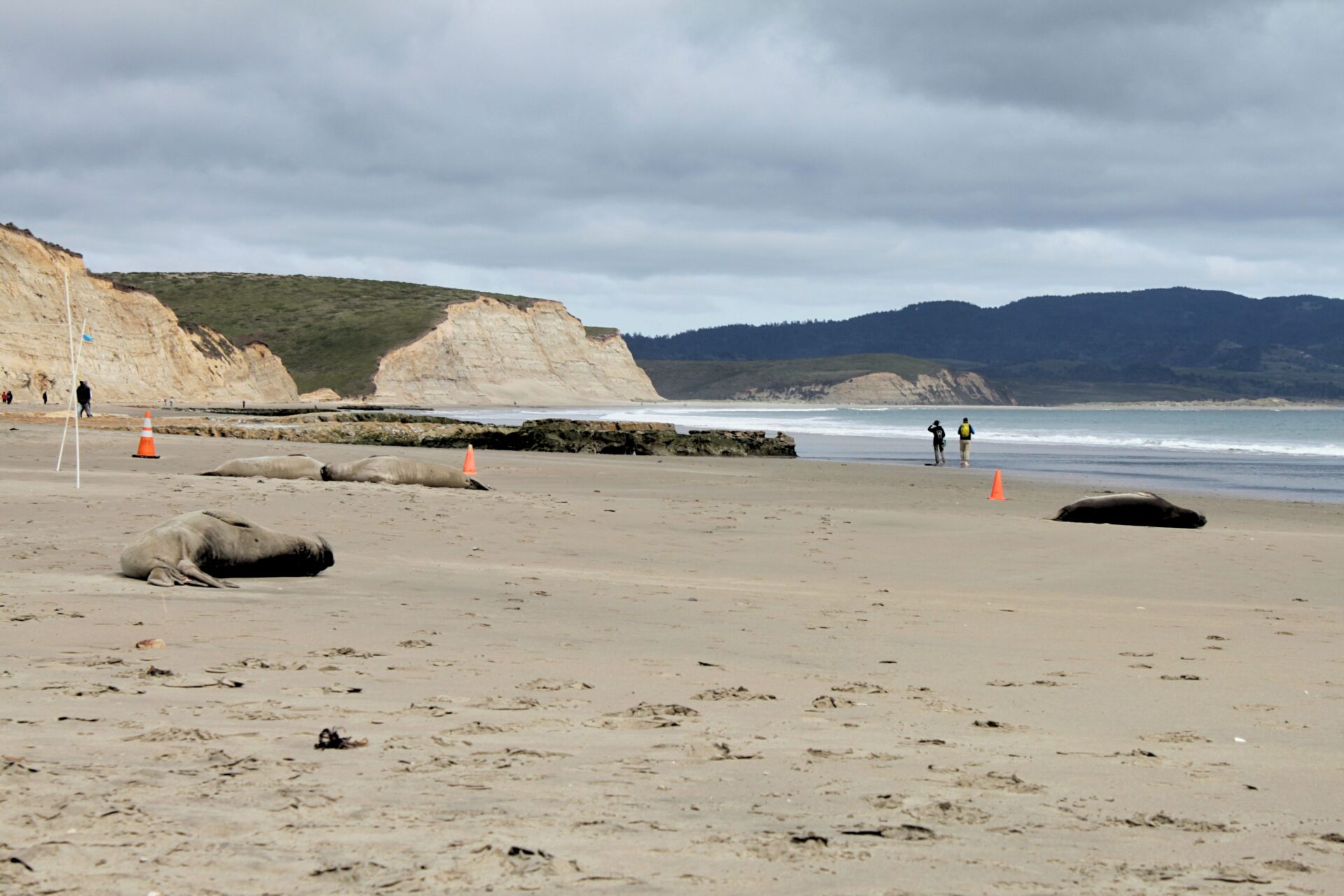
Point Reyes National Seashore: Fun at the End of the World
There are so many beautiful things to do in California, especially on its rugged coast, that it was hard to decide where to spend our limited time. But after many
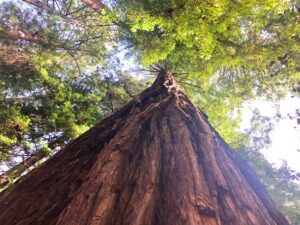
Why You Need to See Muir Woods – & Then Keep Going
When we left San Francisco, as I mentioned, we were ready to get out of the urban and experience some nature. We were ready for the wild and untamed part
